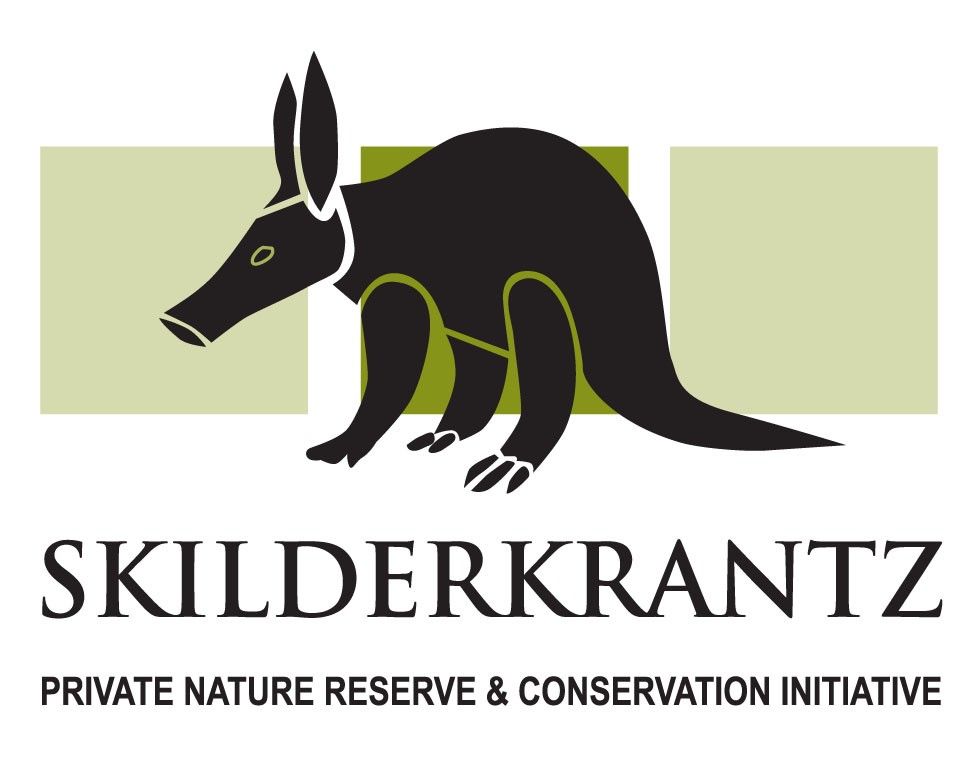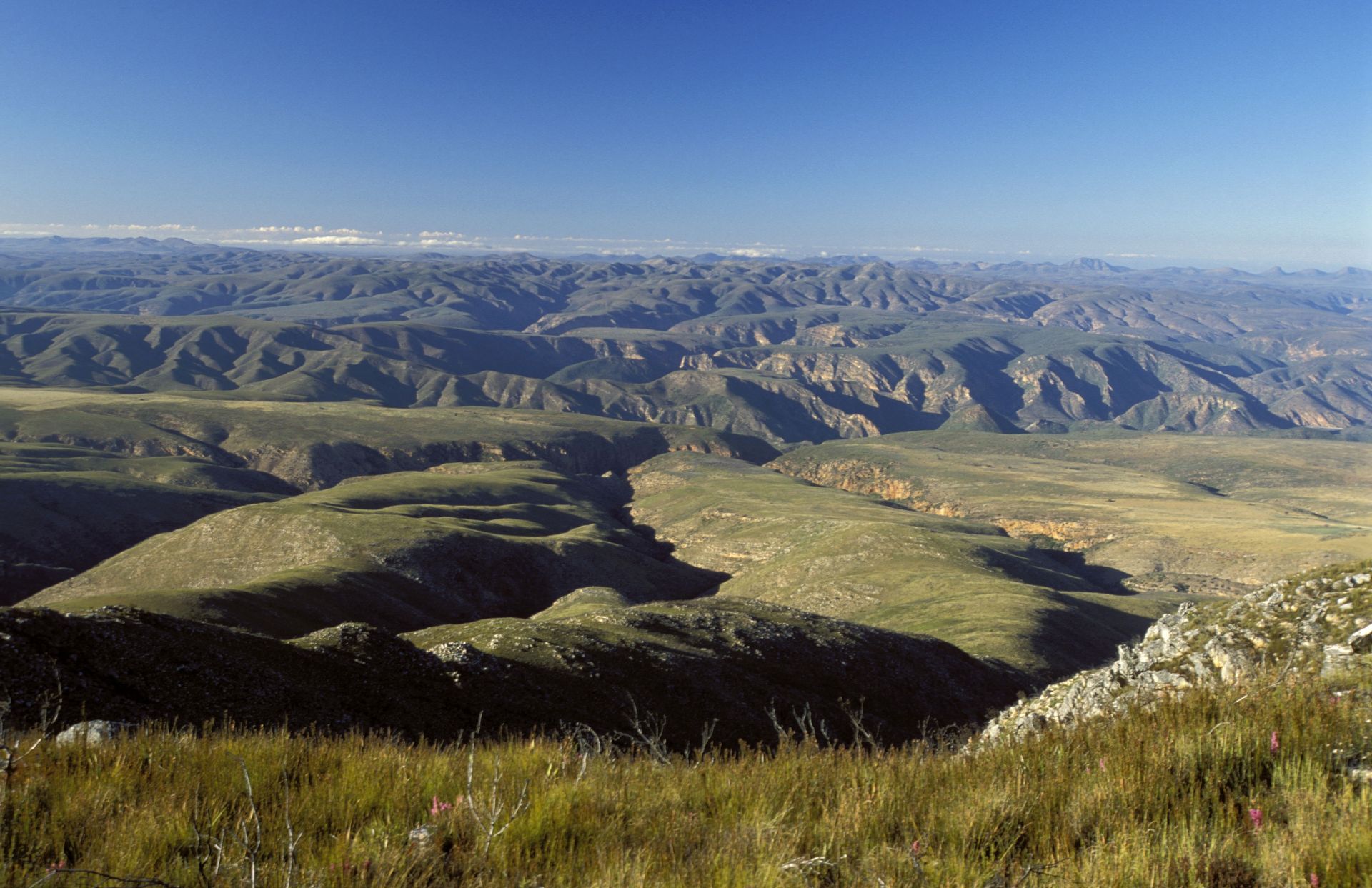Rewilding
Vette-Korente River Restoration Project (Western Cape)
Background & Degradation:
The Vette-Korente River (Riversdale) had become ecologically degraded due to alien invasive species (e.g., Australian Black Wattle, Port Jackson Willow), canalization, and over-extraction of water for dairy farming. Riparian zones were lost to agriculture, and native biodiversity was severely reduced.
Restoration Efforts:
Beginning in 2009, restoration focused on removing invasive plants and reviving native Palmiet wetlands.
By 2016, 99% of invasive species had been cleared, and indigenous vegetation began recovering.
Techniques Used:
- Manual and mechanical removal of alien species
- Donga erosion repair using cattle to stabilize gullies
- Rehydration of wetlands and raising of the water table
- Continuous ecological monitoring and follow-up every three months
Ecological Outcomes:
- Rebound of native vegetation, Palmiet wetlands, and riparian habitats
- Notable faunal return (e.g., aardvark)
- Restoration of ecosystem processes and species interactions
Hermanus Golf Course Wetland Project (Western Cape)
Background & Degradation:
Since 2024, Landmark provides expertise to the Environmental Management Programme of the Hermanus Golf Course including assessment and management intervention. Key findings include:
- Decrease of plant species diversity
- Presence of nutrient enrichment caused by fertiliser runoff and stormwater drainage, favouring invasive species
- Elevation of water pollutants including ammonia, nitrates, phosphates, and aluminium
- Persistent threats from invasive alien plants.
Restoration efforts:
- Consistent alien plant removal programs.
- Planification of prescribed burn and post-burn clearing.
- Restoration of historically degraded wetlands impacted by eucalyptus plantations.
Ecological Outcomes:
- Improvement of the biodiversity while supporting sustainable, eco-friendly recreation and reinforcing Hermanus Golf Course as a leader in environmental stewardship.
- Increase of biodiversity habitat, water filtration, flood mitigation, and enhancement of the golf course’s eco-conscious reputation.
- Significant economic value for the broader Hermanus community.
Shepherding Back Biodiversity Program
Background & Degradation:
Historically, vast wildlife migrations fertilized and aerated the soil, supporting resilient ecosystems. These migrations ended by the mid-1800s due to disease, mass culling, and fencing. Livestock replaced wildlife but were managed differently: left to graze continuously in confined areas, degrading vegetation, reducing soil health, and increasing erosion. Over the past 70 years, commercial agriculture transformation—compounded by two centuries of environmental degradation—has severely impacted biodiversity, marginalized rural communities, and altered farming economics.
Project:
Shepherding Back Biodiversity aims to integrate mainstream biodiversity conservation into productive agricultural landscapes since 2019. By reintroducing managed herding practices, livestock can mimic historical wildlife impact: short-term, high-impact grazing followed by long resting periods.
Ecological & Economical Outcomes:
- Job creation, skills development, and rural economic empowerment by reviving shepherding as a profession
- Restoration of ecological balance with:
- top predators and other high-trophic-level species conservation using non-lethal methods, favouring a 25% increase of mammalian species diversity
- soil retention and water absorption improvement
- vegetation restoration
- Increase of livestock production and farm profitability
- Wildlife-friendly agricultural brand creation—Fair Game—to provide financial incentives for conservation-aligned farming
These findings would support informed decision-making for conservationists, farmers, and policymakers. By reinstating shepherding, the program enables ecologically responsible predator management, securing biodiversity and promoting sustainable, ethical land use on livestock farms.





